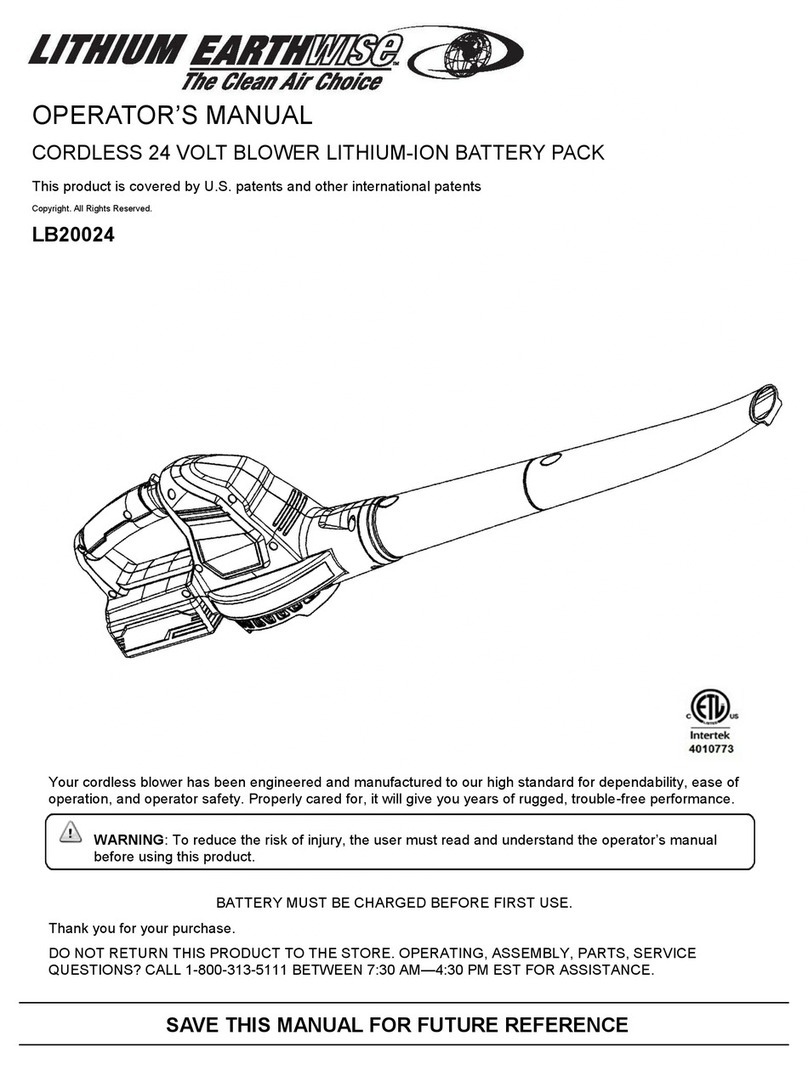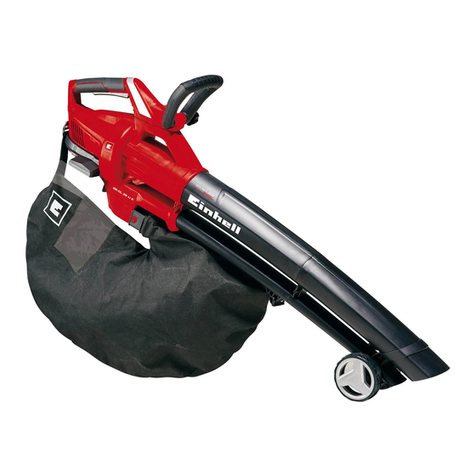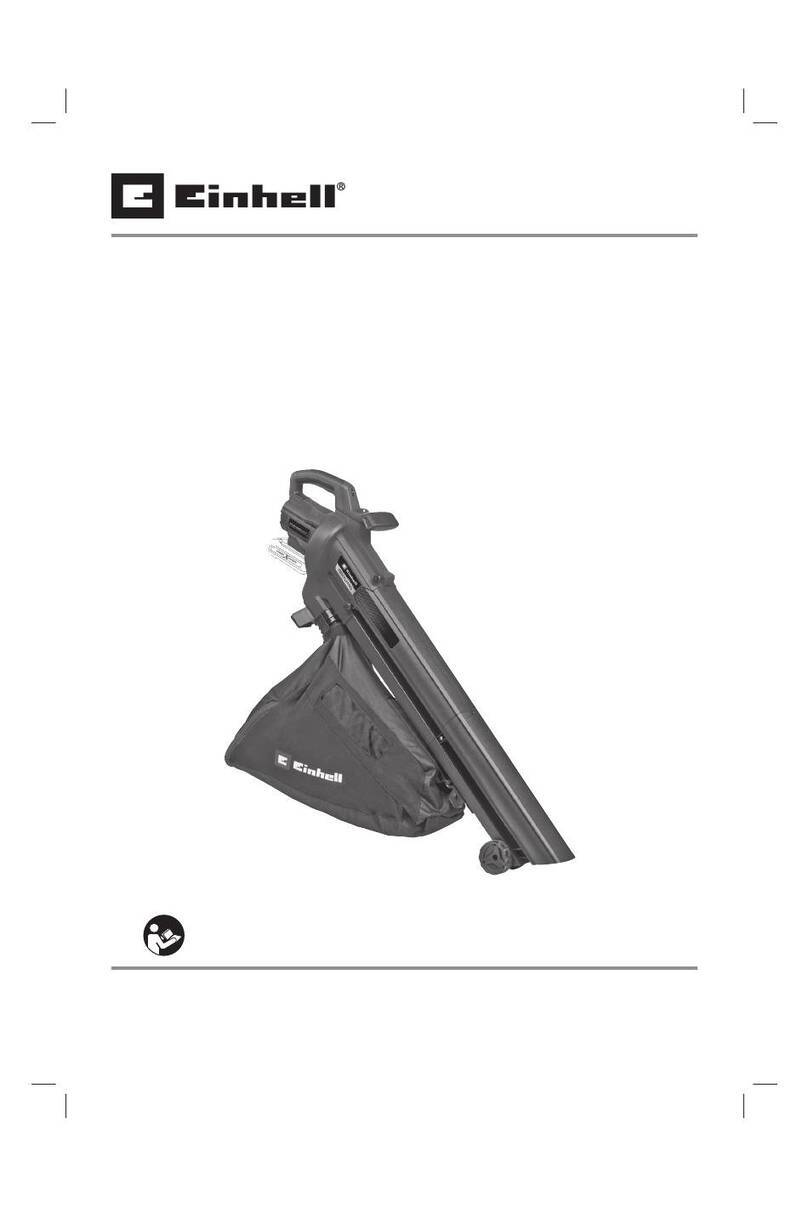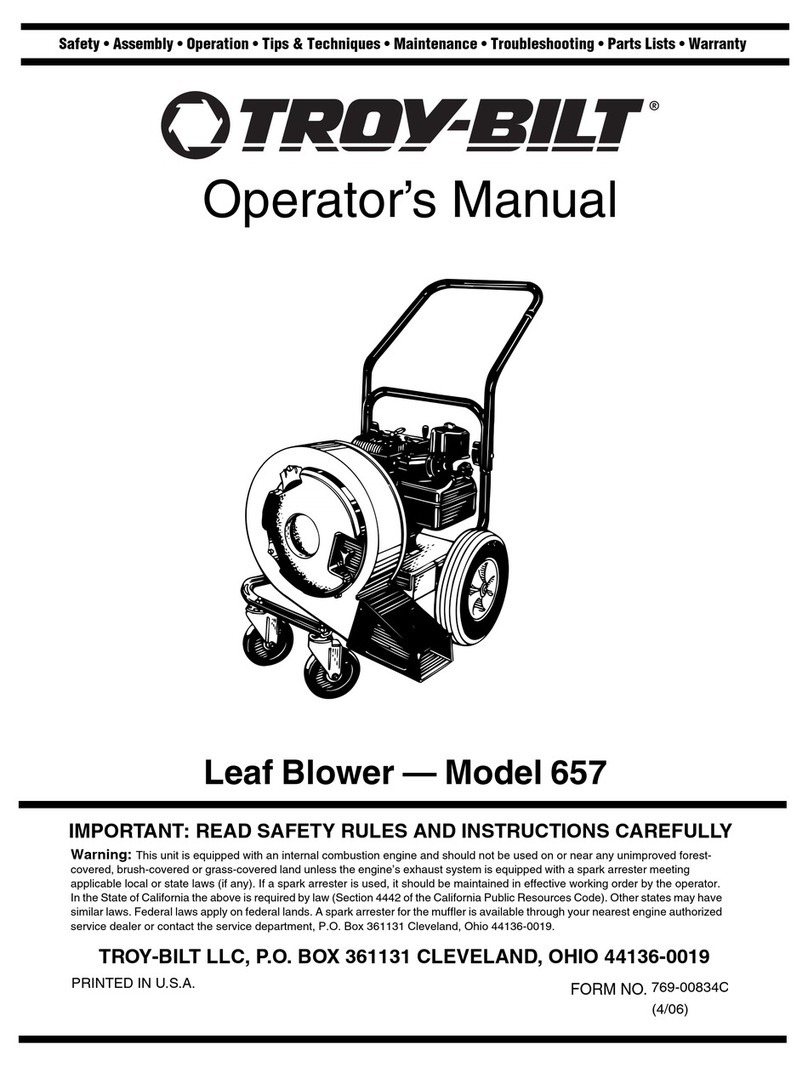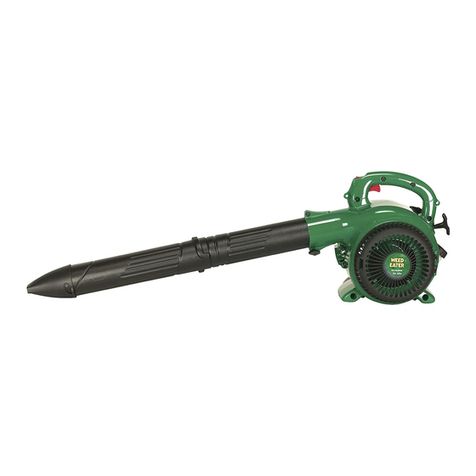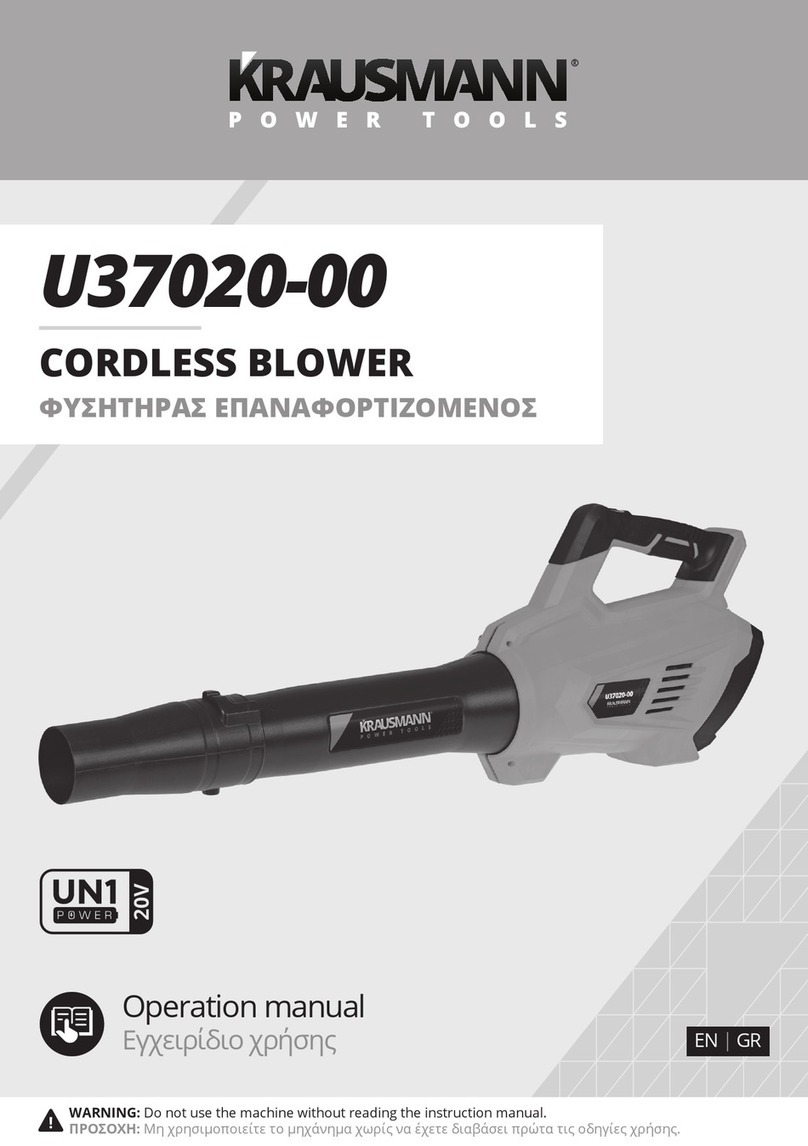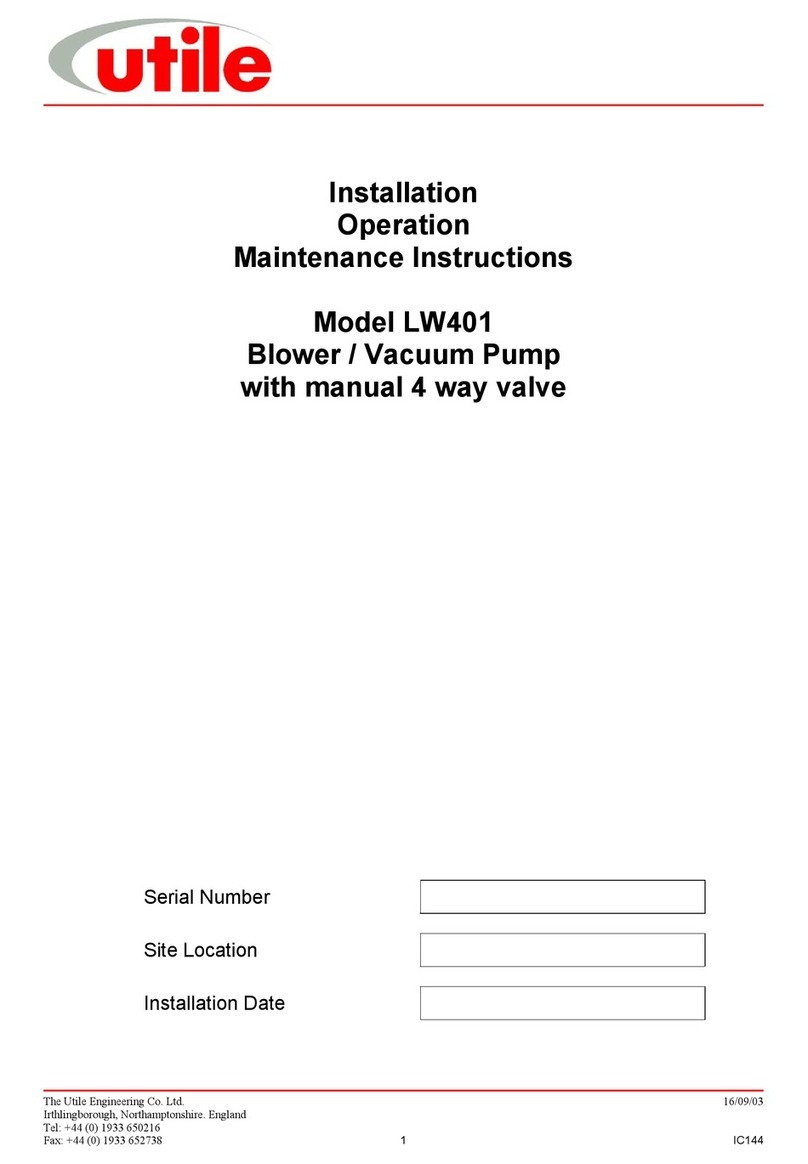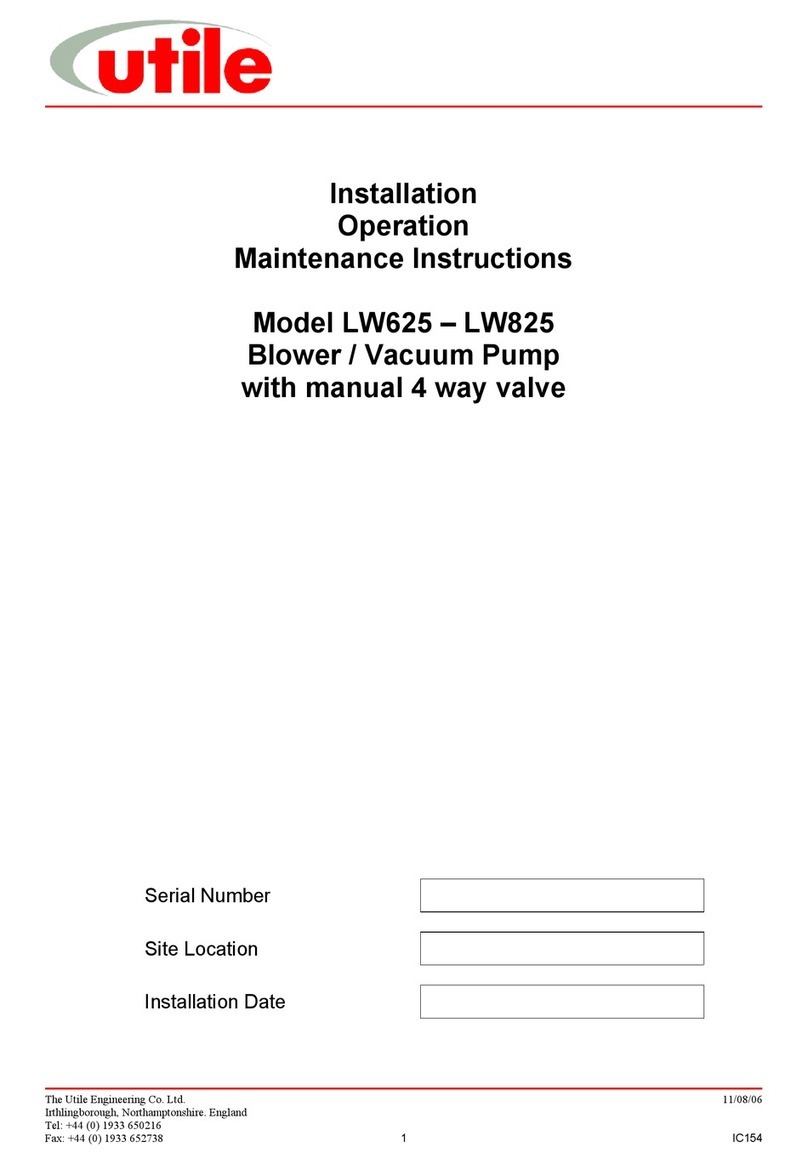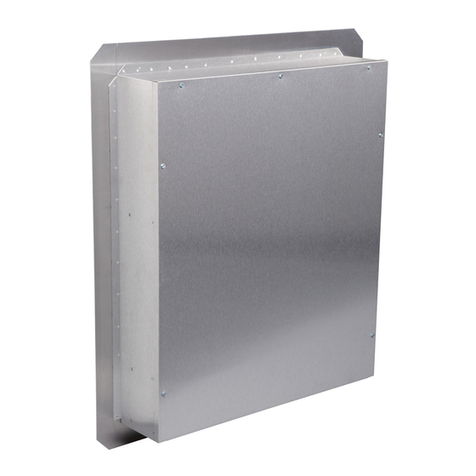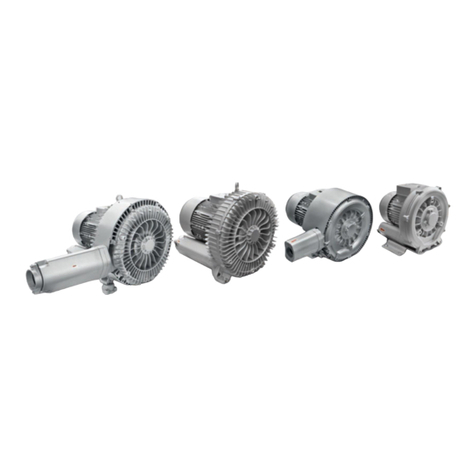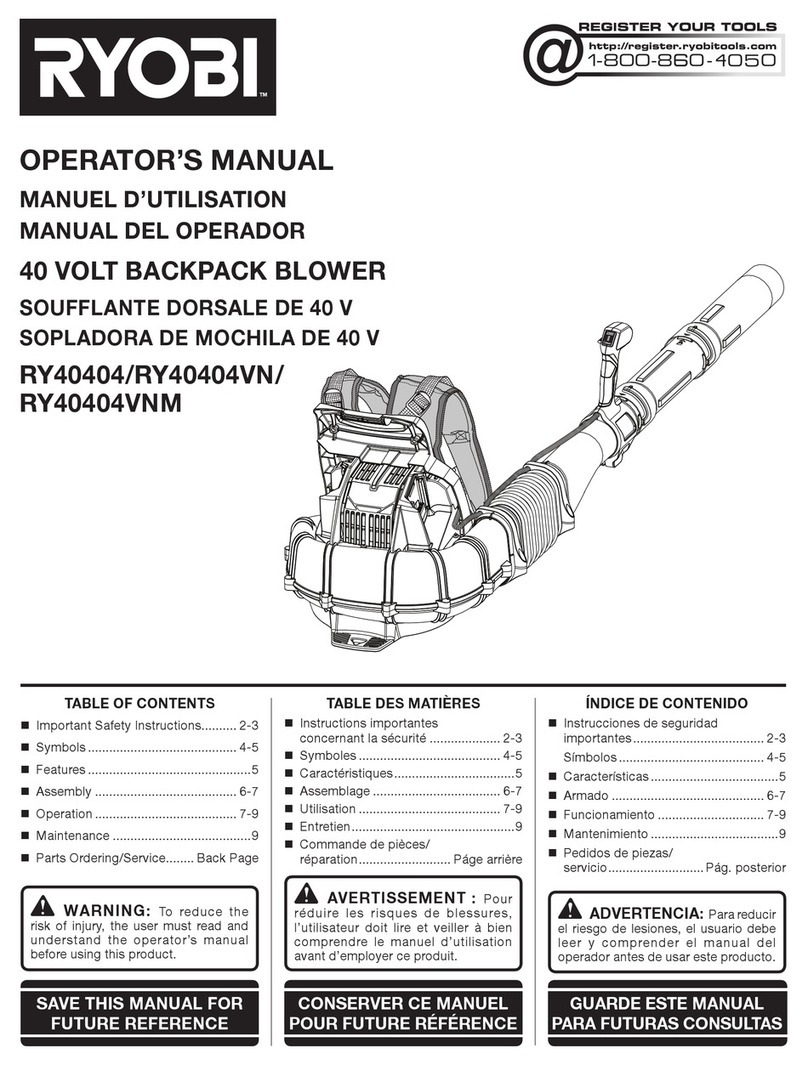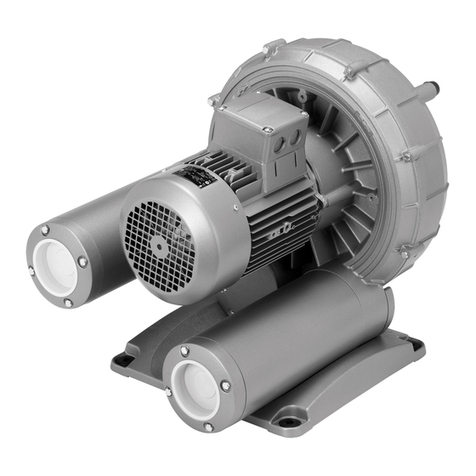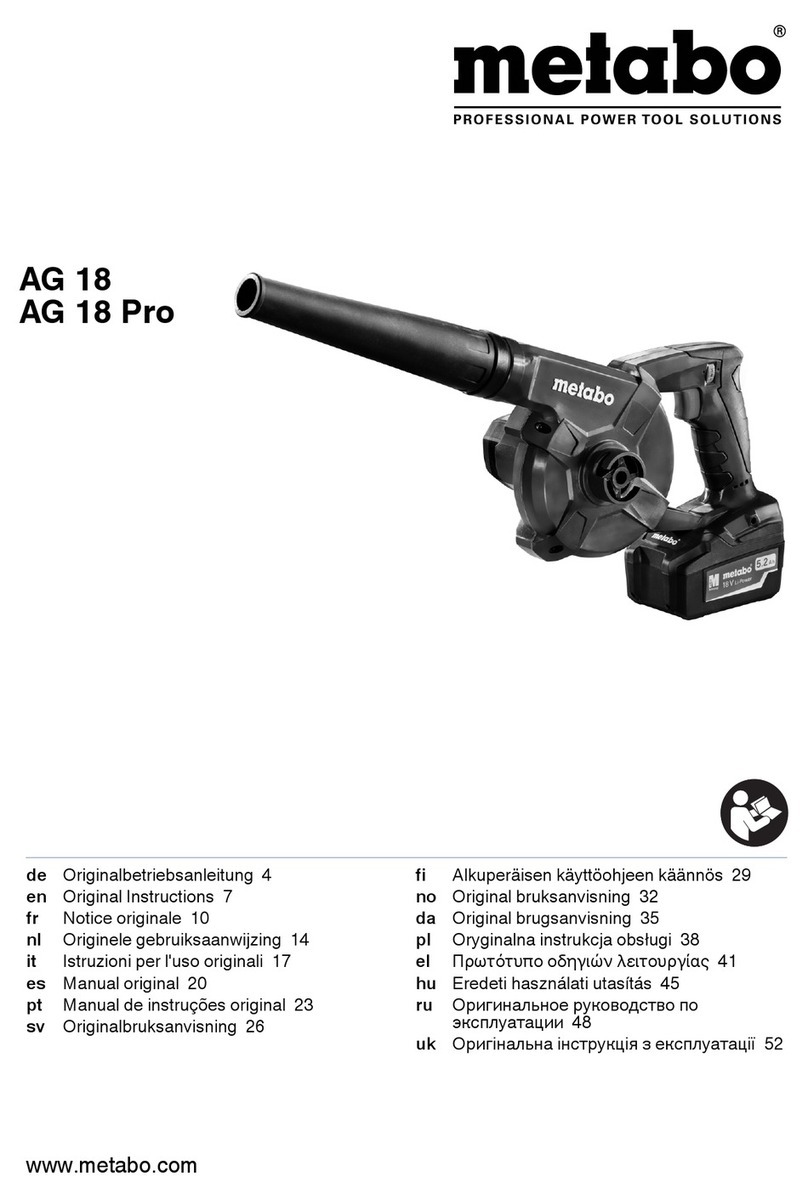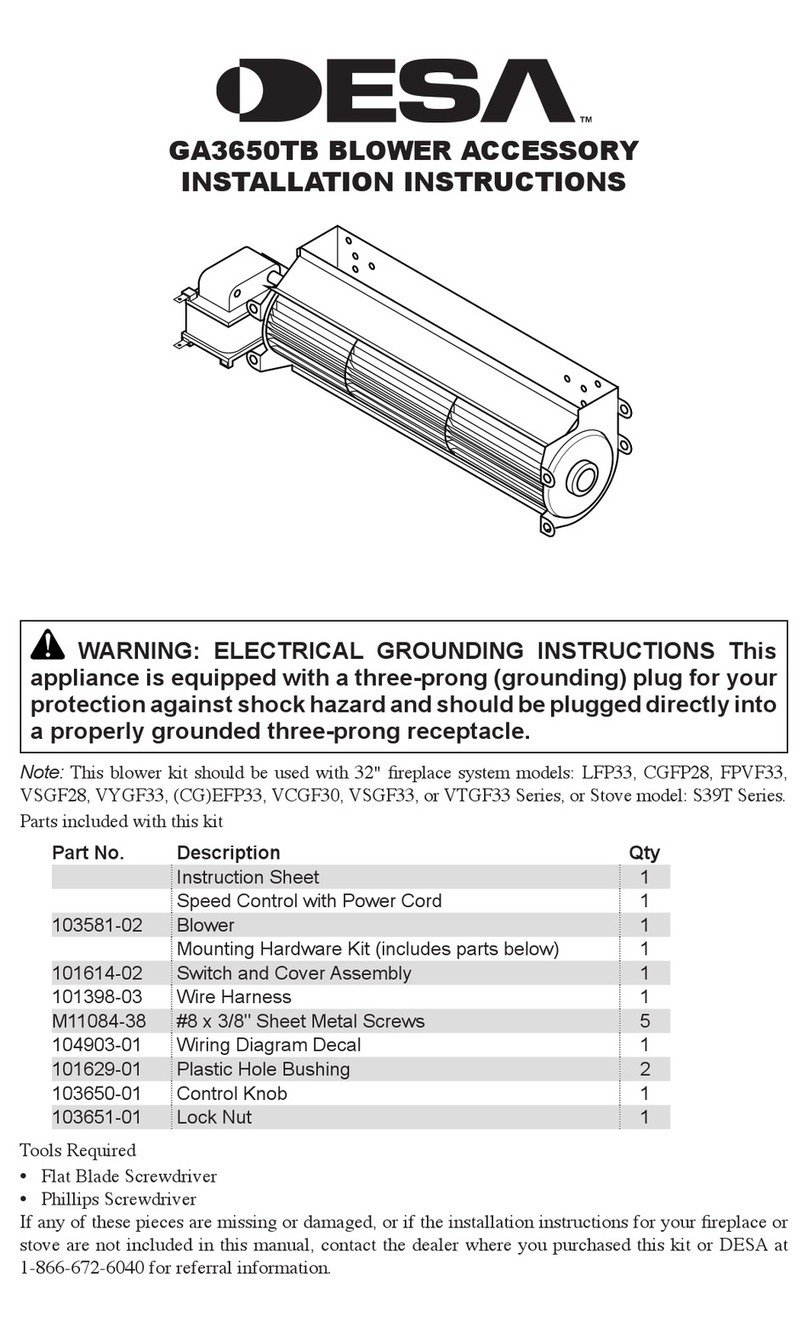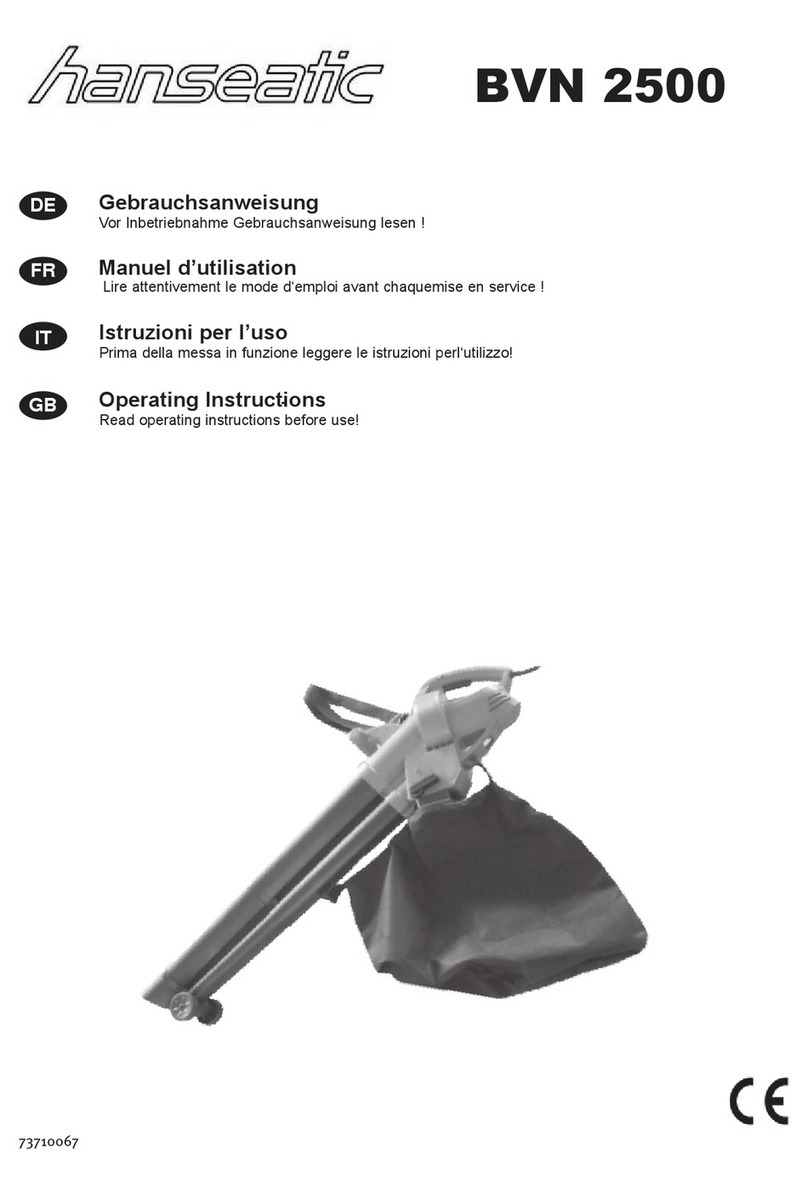PART NUMBER
ITEM DESCRIPTION L 95HP L 130HP L 175HP QTY
1 CYLINDER S 8500/1 S 8500/1 S 8501/1 1
2 COVERPLATE - DRIVE END S 8502/2 S 8502/2 S 8502/2 1
3 COVERPLATE - REAR END S 8502/1 S 8502/1 S 8502/1 1
4 END CAP - DRIVE END S 8503 S 8503 S 8503 1
5 END CAP - REAR END S 8503 S 8503 S 8503 1
6 ROTOR AND SHAFT ASSEMBLY S 13026/1 S 13026/2 S 13026/3 1
7 BLADE S 8797/1 S 8797/2 S 8797/3 5
8 FLANGE S 1186/2 S 1186/2 S 8506 2
9 FAN S 8185/3 S 8185/3 S 8185/3 1
10 FANCOWL S 8505 S 8505 S 8505 1
11 SEAL SLEEVE S 8511 S 8511 S 8511 2
12 SUPPORT PLATE S 8680 S 8680 S 8680 1
13 GUARD S 8681 S 8681 S 8681 1
14 HOUSING - BEKA OIL PUMP S 8687 S 8687 S 8687 1
15 SHAFT - BEKA OIL PUMP S 8683 S 8683 S 8683 1
16 END CAP - BEKA OIL PUMP S 8688 S 8688 S 8688 1
17 GUARD SUPPORT - BEKA OIL PUMP S 7061 S 7061 S 7061 1
18 SUPPORT BAR S 8689 S 8689 S 8689 1
19 OIL DRIP INDICATOR S 8899 S 8899 S 8899 2
20 BEKA OIL PUMP T 1013 T 1013 T 1013 1
21 SHAFT SEAL F 1073 F 1073 F 1073 2
22 BEARING SEAL F 1074 F 1074 F 1074 2
23 ROLLER BEARING H 1030 H 1030 H 1030 2
24 'O' RING F 1070 F 1070 F 1070 2
25 CIRCLIP B 1013 B 1013 B 1013 2
26 THRUST WASHER B 1066 B 1066 B 1066 1
27 SEALED BALL BEARING H 1052 H 1052 H 1052 2
28 BEARING RETAINING WASHER S 8512 S 8512 S 8512 2
29 HEX HEAD SCREW G 1083 G 1083 G 1083 12
30 HEX HEAD SCREW G 1072 G 1072 G 1072 2
31 HEX HEAD SCREW G 1068 G 1068 G 1068 8
32 HEX HEAD SCREW G 1071 G 1071 G 1071 8
33 SOCKET HEAD CAP SCREW G 1059 G 1059 G 1059 2
34 CSK SCREW G 1052 G 1052 G 1052 3
35 SPRING WASHER B 1022 B 1022 B 1022 2
36 STEM ADAPTOR S 8957 S 8957 S 8957 2
37 BANJO CONNECTOR/N.R.V. R 1085 R 1085 R 1085 2
38 REDUCING CONNECTOR R 1086 R 1086 R 1086 2
39 PLASTIC WASHER R 1082 R 1082 R 1082 2
40 ELBOW R 1089 R 1089 R 1089 5
41 GASKET - COVERPLATE K 1032 K 1032 K 1032 TO SUIT
42 GASKET - END CAP S 8544/1 S 8544/1 S 8544/1 2
43 GASKET - FLANGE S 1170/1 S 1170/1 S 1170/1 2
44 EYE BOLT A 1013 A 1013 A 1013 1
45 DRIVE PULLEY P 1020 P 1020 P 1020 1
46 DRIVEN PULLEY P1021 P1021 P1021 1
47 BUSH P 1022 P 1022 P 1022 1
48 TIMING BELT P 1023 P 1023 P 1023 1
49 NUT B 1044 B 1044 B 1044 1
50 WASHER W 1027 W 1027 W 1027 1
51 ADAPTOR R 1055 R 1055 R 1055 2
52 OIL FEED PIPE X 1072/1 X 1072/1 X 1072/1 1
53 OIL DELIVERY PIPE X 1073/1 X 1073/1 X 1073/1 1
54 OIL DELIVERY PIPE X 1074/1 X 1074/1 X 1074/1 1
55 BALL BEARING H 1034 H 1034 H 1034 1
56 TUBING NUT R 1040 R 1040 R 1040 10
